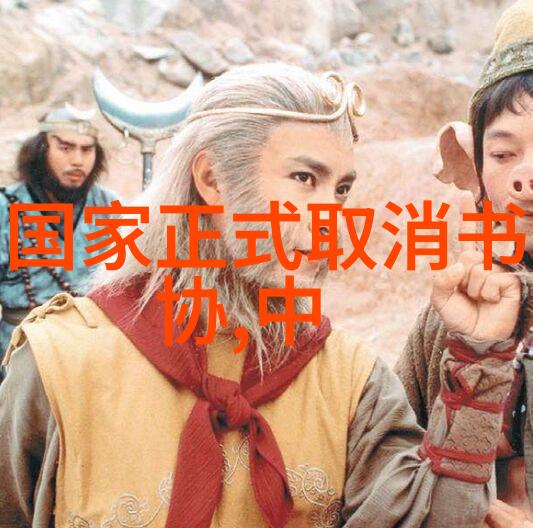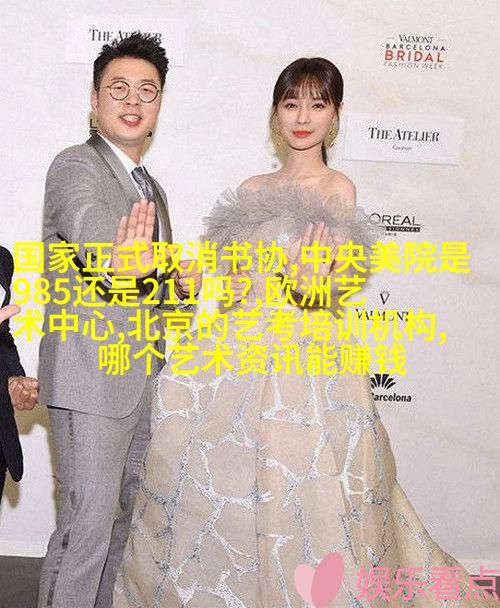金融艺术的双重奏鸣银行如何收购并推广艺术品投资
在全球经济快速发展的背景下,艺术市场也迎来了前所未有的繁荣。随着越来越多的人开始将艺术品视为一种投资手段,银行作为金融服务机构,也开始介入这场盛宴,将“银行艺术品收购”这一新兴领域带入了正轨。

首先,banks through strategic partnerships with art galleries and auction houses, have been able to tap into the vast pool of potential buyers. These partnerships allow banks to gain access to a wide range of art pieces, from established artists to emerging talents. By offering exclusive investment opportunities in these art pieces, banks are able to attract high net worth individuals who are looking for alternative investment options.
Secondly, banks have also been proactive in promoting their involvement in the art market. Through various marketing campaigns and events, they aim to raise awareness about the benefits of investing in art. For instance, some banks offer educational seminars and workshops on how to value and invest in art. They also collaborate with prominent artists and curators to create bespoke exhibitions that showcase unique artistic talent.

Thirdly, banks have developed innovative financial products specifically designed for the art market. These products include loans against artworks as collateral or even providing financing for collectors who wish to purchase rare pieces at auctions. By offering these specialized financial services, banks demonstrate their commitment towards supporting both artists and collectors.
Fourthly, some forward-thinking banks have established their own internal teams dedicated solely to managing their bank's artwork collection. This team is responsible for sourcing new acquisitions while ensuring that existing pieces within the collection appreciate over time.

Fifthly, by leveraging digital technologies such as blockchain technology and online platforms banking institutions can make it easier for people around the world access this previously inaccessible asset class.
Lastly but not least important aspect is risk management which involves identifying potential risks associated with each piece of artwork including provenance issues , condition reports etc., Banks must conduct thorough research before acquiring any piece thereby ensuring long-term stability of investments made by clients.

In conclusion through a combination of strategic partnerships , targeted marketing efforts , innovative financial solutions , expert curation teams utilizing cutting-edge technology & rigorous risk management practices banking institutions play a pivotal role in shaping modern day “banking-art” landscape where traditional boundaries between finance & culture continue blurring ever so subtly yet meaningfully